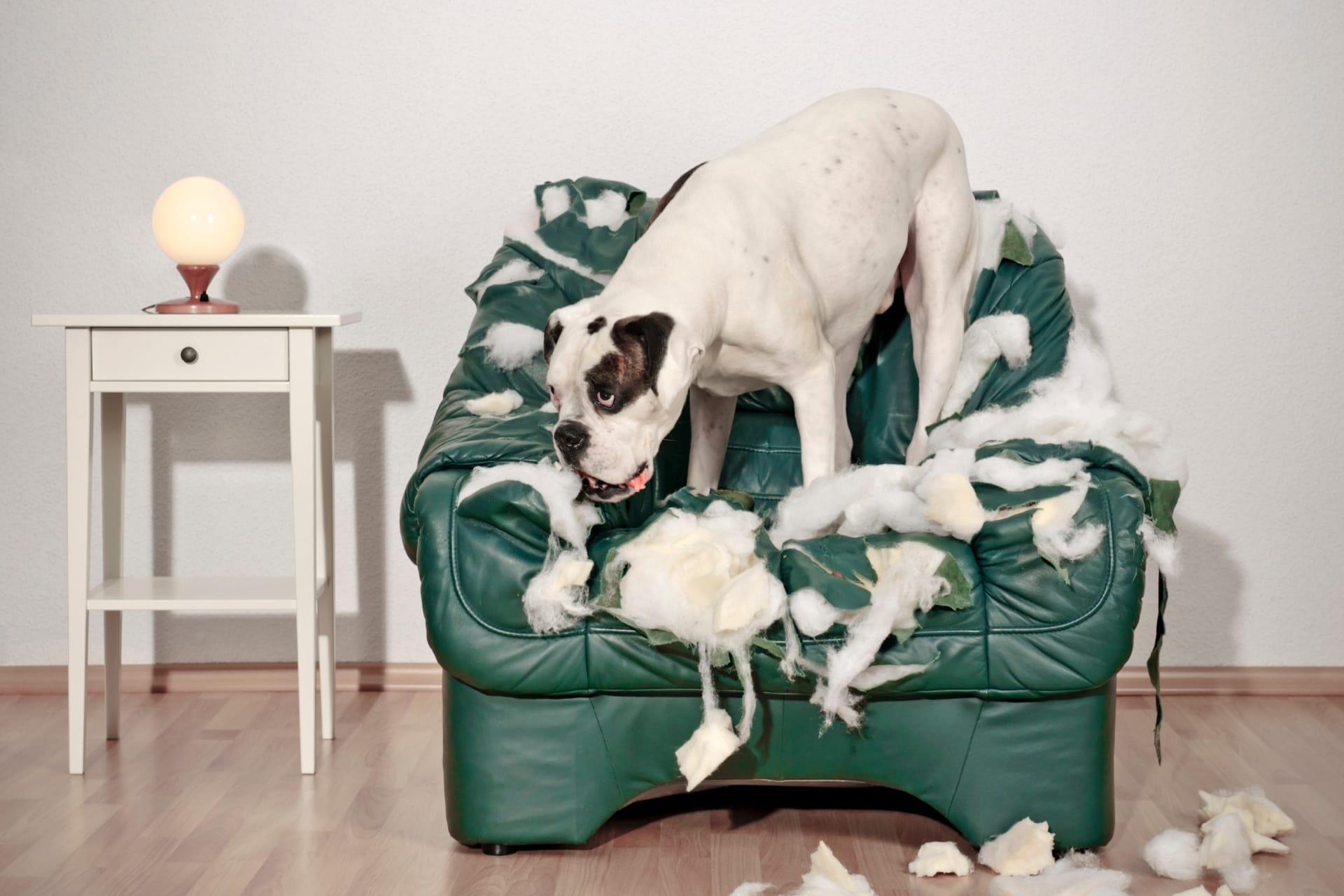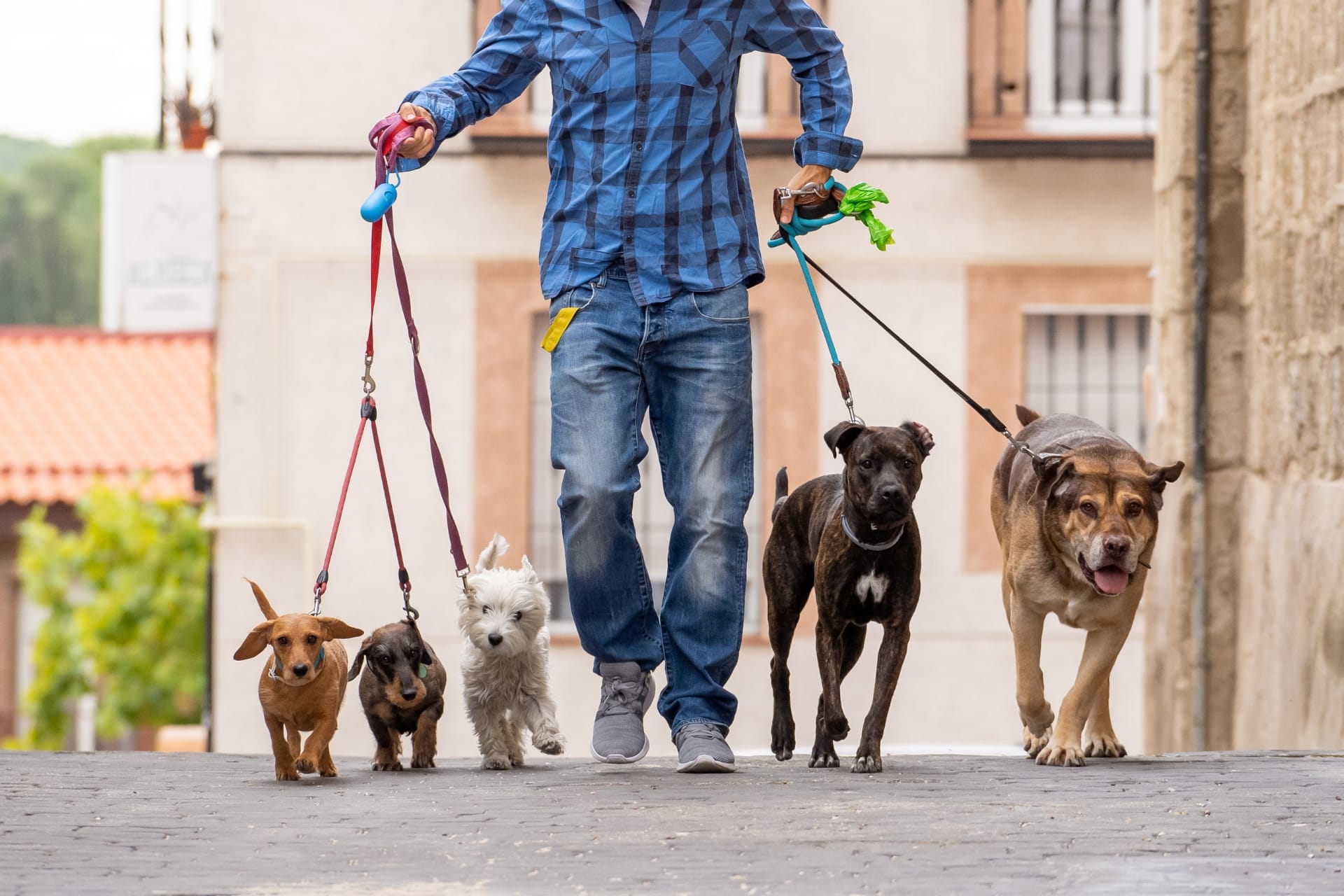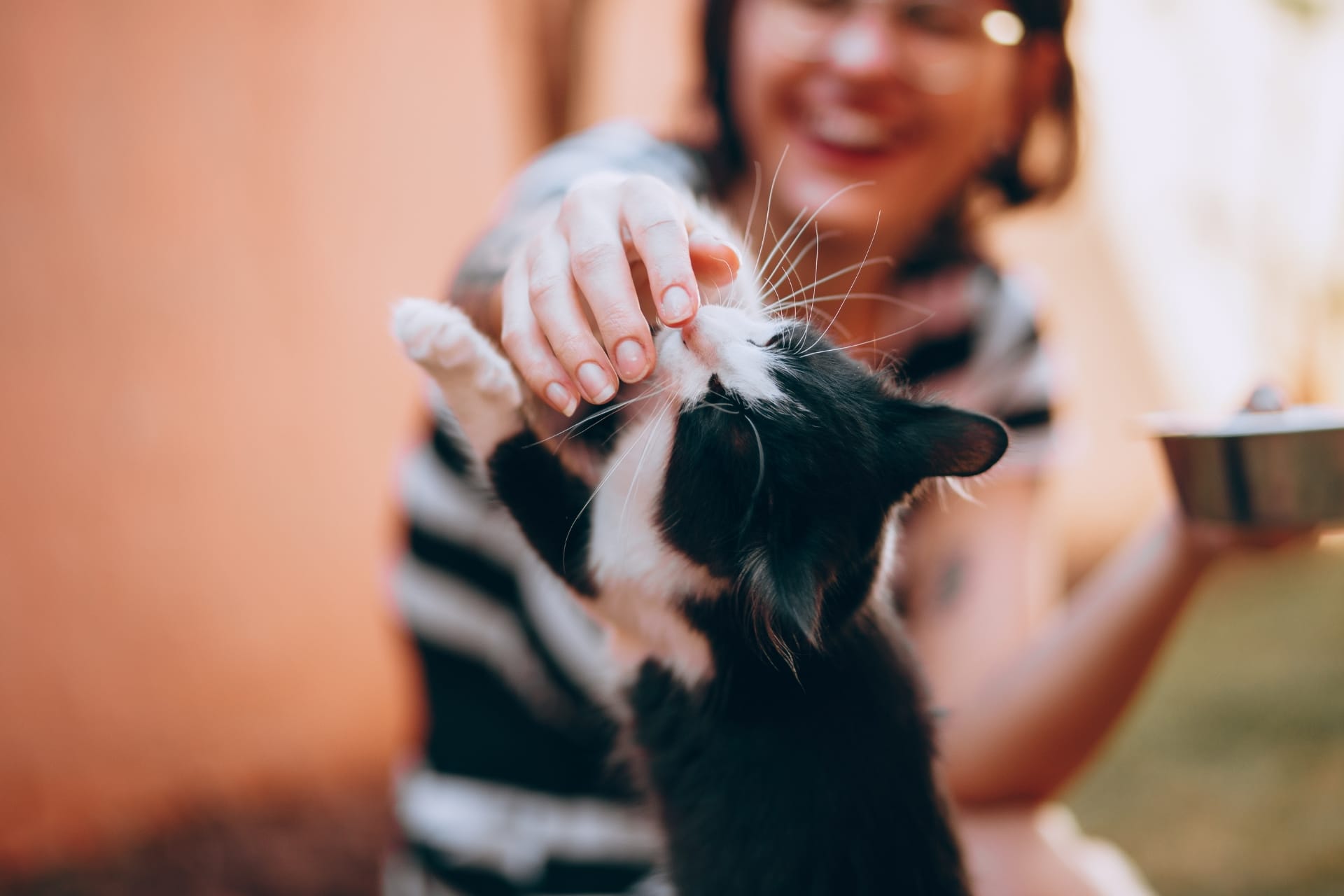TL;DR: Manage dog separation anxiety by recognizing signs like barking or chewing, using desensitization with short absences, providing puzzle toys and comfort items, ensuring exercise, and maintaining routines. Stay calm and communicate with owners for consistent care.
As a pet sitter, you’re often the stand-in pack leader for dogs who see their owners as the center of their universe. But what happens when that universe feels like it’s crumbling because their human is away? Separation anxiety can turn a sweet pup into a howling, chewing whirlwind. For sitters, managing this behavior is about patience, strategy, and creating a calm environment. This guide equips you with practical tools to help dogs cope, ensuring they feel secure while you’re on duty. Think of it as being their temporary anchor in a storm—minus the dramatic movie soundtrack 🐶.
Understanding Separation Anxiety in Dogs
Separation anxiety shows up when dogs struggle to cope with being alone, often triggered by their owner’s absence. As a sitter, you might notice excessive barking, destructive chewing, or pacing—classic signs of a dog in distress. These behaviors aren’t naughtiness; they’re a cry for comfort. Recognizing these cues early lets you step in with strategies that ease their worry. Ask owners during the meet-and-greet if their dog has a history of anxiety, as this informs your approach, especially when caring for multiple dogs at once, as outlined in our guide on dog sitting for multiple dogs.
Spotting the Signs of Separation Anxiety
Knowing what to look for is your first step. Dogs with separation anxiety often display:
- Vocalization: Persistent barking, whining, or howling, especially when left alone.
- Destruction: Chewing furniture, scratching doors, or digging near exits.
- Elimination Issues: Accidents indoors, even in house-trained dogs.
- Escaping: Attempts to break out of crates or rooms.
- Restlessness: Pacing or an inability to settle down.
- Appetite Changes: Refusing food or eating less.
Observe the dog’s behavior when you arrive and leave. If they’re glued to you or panic when you grab your keys, anxiety might be at play. Document these behaviors for the owner, as they may need to consult a vet or trainer.
Desensitizing Dogs to Your Departures
Helping a dog get used to your comings and goings is key to reducing their stress. Start with short absences—step outside for a minute, then return calmly. Gradually increase the time as they relax. Avoid making a big deal of your exits or entrances; a low-key approach prevents reinforcing their anxiety. For example, instead of a dramatic “I’ll be back, buddy!” try a quiet departure. You can also use positive reinforcement training by rewarding calm behavior with treats. If the owner has a pre-departure routine (like grabbing keys), mimic it to create predictability, which helps the dog feel secure.
Creating a Calming Environment
A soothing space can work wonders for an anxious dog. Set up a safe area, like a crate or cozy bed, where they feel secure. Leave items with the owner’s scent, such as a worn t-shirt, to provide comfort. Engage their mind with puzzle toys or food-dispensing gadgets to keep them occupied. Background noise, like a radio playing soft music, can drown out external triggers. If you’re watching multiple dogs, ensure each has their own safe space to avoid competition. These environmental tweaks, combined with techniques from our effective dog training guide, can significantly reduce stress.
Using Exercise and Enrichment
A tired dog is often a calmer dog. Before leaving them alone, take them for a brisk walk or play a game of fetch to burn off energy. Mental stimulation is just as important—try hiding treats around the room for them to find or using a Kong stuffed with peanut butter. These activities distract from your absence and tire them out, making it easier for them to relax. If the dog enjoys social time, check with the owner about arranging a playdate or a visit to doggy daycare for part of your shift. Regular exercise and enrichment are powerful tools for managing anxiety.
Implementing Management Strategies
For dogs with severe separation anxiety, additional strategies can help. If you’re only sitting for short periods, coordinate with the owner about hiring a dog walker for midday breaks. Calming supplements, like those recommended by a vet, might be part of the dog’s routine—confirm dosages with the owner. For persistent cases, suggest the owner consult a certified trainer or veterinary behaviorist, but as a sitter, your role is to maintain stability. Stick to the dog’s schedule, whether it’s feeding, walks, or bedtime, to minimize disruptions. Consistency is your superpower in keeping anxiety at bay.
Your inbox needs this
Subscribe to the Petme newsletter for weekly updates with pet care tips, tales, and member-only perks.

Tips for Long-Term Success
As a pet sitter, your goal is to make each visit as stress-free as possible, but you can also set the dog up for long-term improvement. Communicate with the owner about what worked—did the puzzle toy keep them busy? Did they settle better with the radio on? Share these insights via a platform like Petme to help owners reinforce your strategies. Encourage owners to continue desensitization at home and consider professional training for severe cases. Your calm, consistent presence lays the groundwork for the dog to feel more confident over time.
Frequently Asked Questions About Handling Separation Anxiety
How can I relieve separation anxiety in dogs as a sitter?
Ease separation anxiety by desensitizing the dog to your departures with short absences, providing puzzle toys, and maintaining their routine. Use comfort items like the owner’s clothing and keep exits low-key. Exercise before leaving helps them relax, creating a calmer experience.
Do dogs ever grow out of separation anxiety?
Some dogs improve with age, but most need active management like desensitization and enrichment. As a sitter, you can help by reinforcing calm behaviors and sharing progress with owners, who may need to consult a trainer for lasting change.
Should I let a dog with separation anxiety cry it out?
No, letting a dog cry it out can worsen anxiety. Instead, use short absences to build their comfort, offer engaging toys, and create a soothing environment. Communicate with the owner about any distress to ensure a consistent approach.
Can you train away separation anxiety in dogs?
Yes, with patience, training can reduce separation anxiety. Use desensitization, positive reinforcement, and enrichment to build confidence. As a sitter, support this by maintaining routines and suggesting owners work with a professional trainer for severe cases.
How do I keep a dog with separation anxiety calm during my visits?
Keep them calm with exercise, like a walk, and mental stimulation, such as treat puzzles. Use a consistent routine, comfort items, and background noise. Stay relaxed yourself, as dogs pick up on your energy, ensuring a soothing visit.











